What do you need to know before buying a used electric car?
Worried about the range? Read this
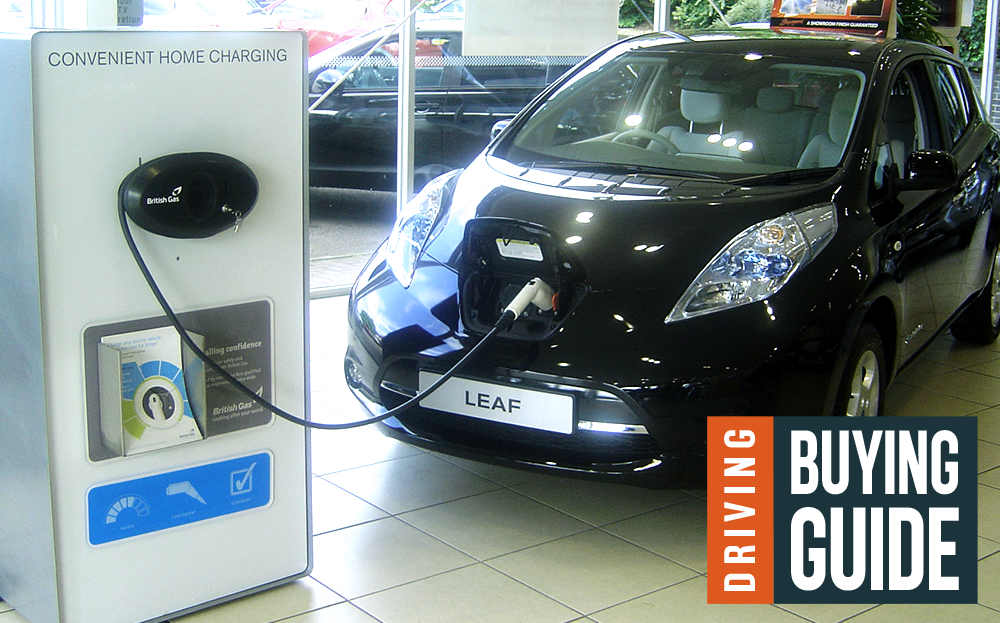
AT THE end of 2014, Nissan claimed that most Leaf drivers wouldn’t ever go back to an ICE (internal combustion engine) car, thanks to the ease of use and the economic benefits of their electric cars. This was based on a survey of just 76 owners, at a time when 6,500 Leafs had been sold in the UK. So should you buy a used electric car and join the ranks of owners converted to the idea of running on battery power?
View the used electric cars for sale on driving.co.uk
When you’re buying any used car there’s a multitude of factors to consider, and while things such as brand, looks and performance are important, the things that count most are the practical concerns: reliability, running costs, cabin space, comfort and ease of driving. So how do EVs (electric vehicles) measures up to ICEs in these areas?
Reliability and running costs
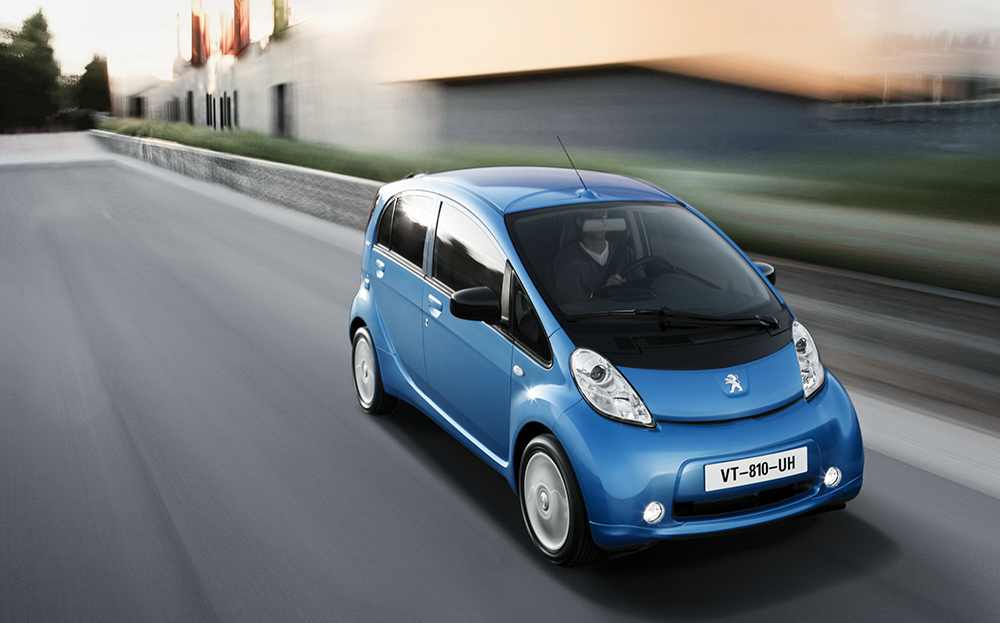
It’s the reliability aspect that puts off most potential EV buyers, usually because of a fear of the unknown. But buy an EV now and you’re not really an early adopter as the first modern-era EVs arrived in the UK in 2011 – cars such as the Nissan Leaf, Mitsubishi i-MiEV, Citroen C-Zero and Peugeot iOn.
Speak to Leaf owners and few (if any) are worried about being hit with a big bill. One Cornwall-based taxi firm runs a Leaf with 110,000 miles on the clock and it’s still working as it did the day it was delivered. A taxi firm in Blackpool runs a fleet of 21 Leafs (with more on the way) and has found them to be much more reliable than the ICE cars they run alongside.
With fewer moving parts, an EV should be much more reliable than an ICE car. Items such as the suspension, steering and brakes should last just as long (if not longer in the case of the brakes, thanks to regenerative braking doing some of the hard work instead of the discs and pads) and replacement costs shouldn’t be any higher. David Wilkins, a motoring journalist, discovered that rebuilding an electric motor is far easier and cheaper than overhauling a petrol or diesel engine.
How often does an electric car battery need replacing?
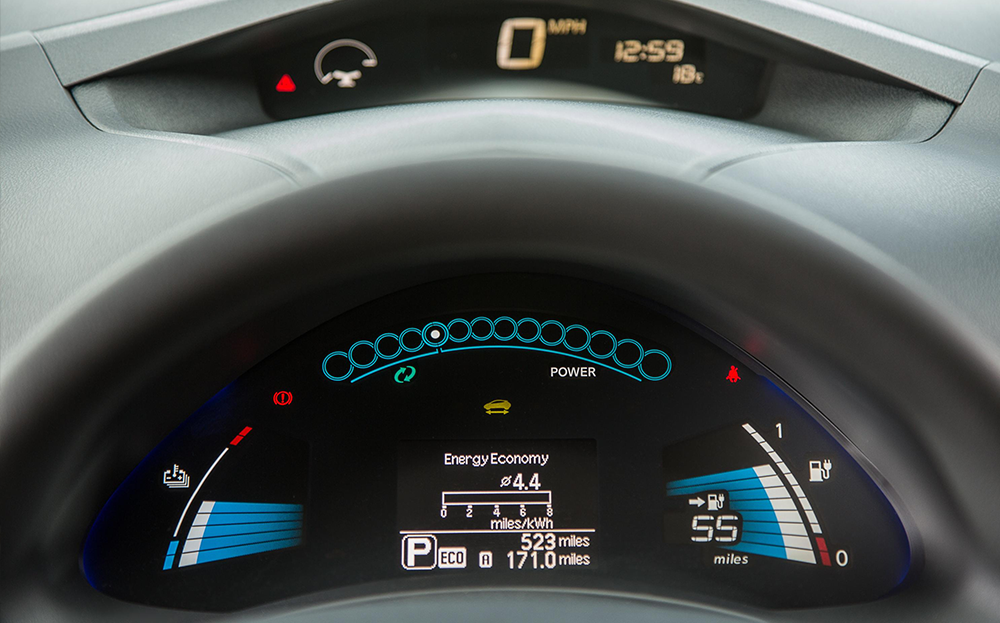
It’s the cost of replacement battery packs and whether or not the motor will fail that many potential owners worry about. But long-term owners have found that, as long as a battery pack is recharged and discharged regularly, there’s no reason why it shouldn’t rack up a decade’s use and 150,000 miles or more before it has to be replaced or repaired, even if it loses some capacity.
It’s here that used electric car buyers could come unstuck, because it’s important to pin down whether the batteries have been kept charged. A lack of use is much more likely to kill an EV’s batteries than is too much use. In 2012 the internet was awash with stories of Tesla Roadster batteries dying through lack of use.
When a battery pack will no longer accept charge, it’s known as bricking. Some owners left their Roadsters unused for weeks on end and the batteries were subsequently unable to accept electrical charge. Tesla initially said the owners would have to bear the cost of battery replacement (£25,000 plus), but stung by criticism the company revised its policy in 2013 and said the eight-year battery warranty would be honoured, no matter what.
The good news is that EVs tend to have circuitry that prevents the battery from being depleted altogether and smaller batteries (most are smaller than the Tesla’s) are less expensive to replace.
Sometimes the batteries are leased rather than purchased outright, so you won’t have to worry about the cost of replacing them. This is the case with the Renault Twizy and Fluence, Smart ForTwo ED plus some Nissan Leafs and Renault Zoes. You pay a monthly fee to lease the battery and if performance drops (typically below 75% maximum capacity), it will be replaced as long as it’s under warranty.
However, with leased batteries you’ll be tied into a contract (probably three years) and your annual mileage will be restricted. And you’ll need to factor in the monthly cost of battery leasing, which is likely to be £55-£75.
The cost of replacing a pack if it’s not on a lease arrangement ranges starts at about £4,920 for a Nissan Leaf.
Why EV battery replacement might not cost you the world
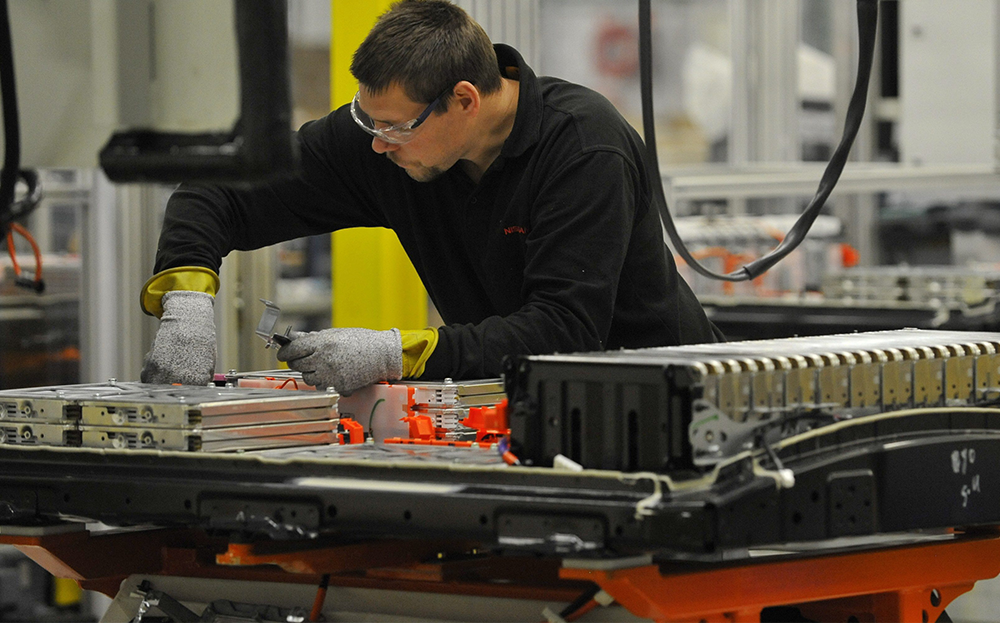
Battery pack costs are something of a red herring, though, because by the time the current crop of batteries is out of warranty, prices are likely to have dropped thanks to economies of scale.
In addition, you may be able to replace battery cells individually. A Leaf’s battery pack consists of 192 cells, for example, which could each be replaced at a fraction of the cost of an entire pack.
For more on EV running costs, check out our green car guide.
Test-driving a used electric car
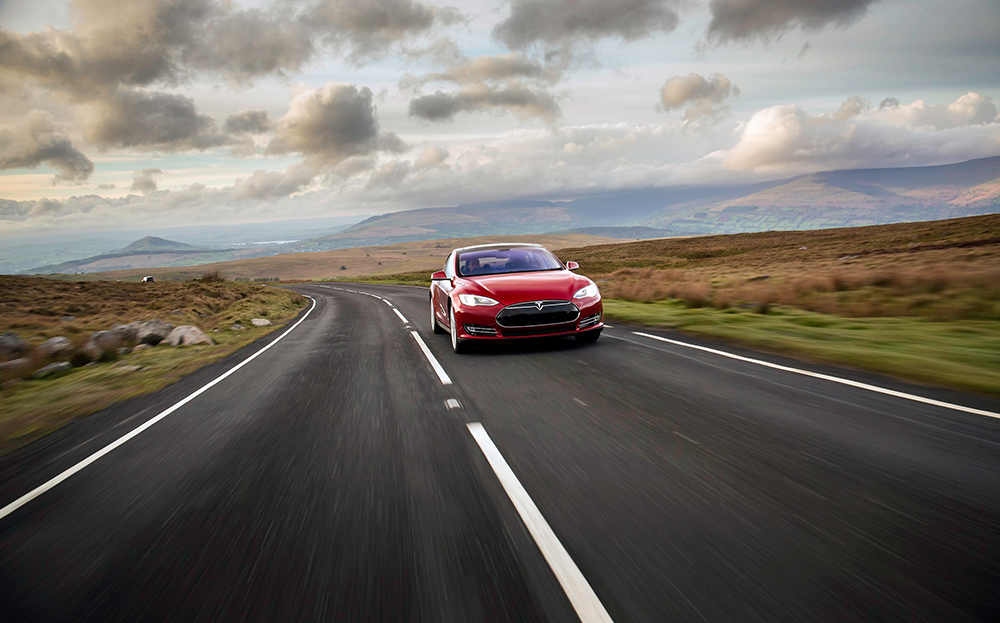
When test-driving a used EV, make sure you monitor the dash to see how quickly the battery is depleted and ensure that at the outset it can be charged fully.
Take an extended test drive – a day or two is best.
Check the advertised range of a new car and compare that with what you get out of the car, taking into account that batteries will naturally degrade over time (Nissan estimates that battery capacity will drop to approximately 80% after five years, depending on how it is looked after) and that hills, using the air-conditioning and driving fast will all deplete the battery more quickly, so drive smoothly for a more accurate reading.
Also check that the car suits your lifestyle: can you charge it at home? Can it get you to work and back, plus take in the daily errands such as the school run and shopping trips?
What are electric cars like to own?
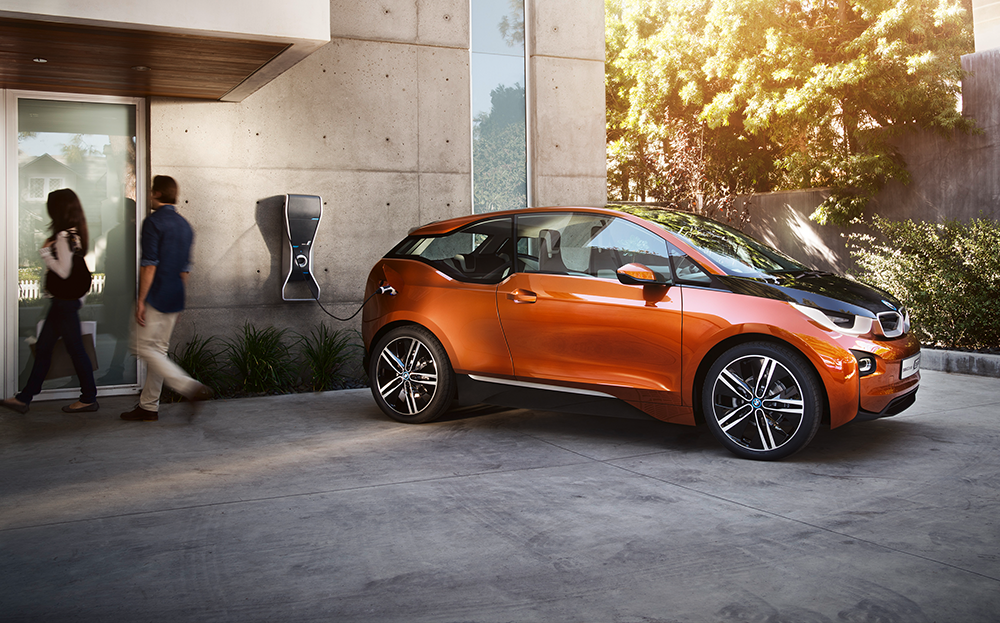
Most EV owners find their cars easier to drive and even more comfortable than an ICE alternative.
But there are obvious compromises to be made, and it’s these that can be a deal-breaker. Although most cars sit idle in car parks or on driveways for much of their lives, and so might as well be charging up, consider whether there are suitable charging points at your home and/or place of work and, if not, whether you can install them. And remember that unless you’re using a high-voltage rapid charger, topping up the battery will take a number of hours, rather than the few minutes it takes to fill up with petrol or diesel.
And for longer trips, are there places to charge along the route? Even if there are public charging points, how reliable and how in demand are they? If you have a long-distance trip to undertake regularly and the charging points you need are usually out of order or already in use by someone else, buying an EV isn’t going to seem a good decision.
That’s why tapping into the experiences of other EV owners is essential, so before you even start visiting dealerships, immerse yourself in a few forums:
Electric car warranties by manufacturer
| Model | |
|---|---|
| BMW i3 | |
| Warranty | 8 years/100,000 miles |
| Citroen C Zero | |
| Warranty | 5 years/40,000 miles |
| Ford Focus EV | |
| Warranty | 5 years |
| Mitsubishi i-MiEV | |
| Warranty | 5 years |
| Nissan Leaf | |
| Warranty | 5 years/60,000 miles |
| Peugeot iOn | |
| Warranty | 5 years/40,000 miles (8 years/80,000 miles from Jan 2015) |
| Renault Fluence | |
| Warranty | 5 years/100,000 miles |
| Renault Twizy | |
| Warranty | 4 years/100k miles (first three years is unlimited mileage) |
| Renault Zoe | |
| Warranty | 5 years/60k miles |
| Smart Fortwo ED | |
| Warranty | 3 years |
| Tesla Model S | |
| Warranty | 8 years/unlimited mileage |
| VW e-Golf | |
| Warranty | 8 years/99,360 miles |
| VW e-Up! | |
| Warranty | 8 years/99,360 miles |
| Model | Warranty |
| BMW i3 | 8 years/100,000 miles |
| Citroen C Zero | 5 years/40,000 miles |
| Ford Focus EV | 5 years |
| Mitsubishi i-MiEV | 5 years |
| Nissan Leaf | 5 years/60,000 miles |
| Peugeot iOn | 5 years/40,000 miles (8 years/80,000 miles from Jan 2015) |
| Renault Fluence | 5 years/100,000 miles |
| Renault Twizy | 4 years/100k miles (first three years is unlimited mileage) |
| Renault Zoe | 5 years/60k miles |
| Smart Fortwo ED | 3 years |
| Tesla Model S | 8 years/unlimited mileage |
| VW e-Golf | 8 years/99,360 miles |
| VW e-Up! | 8 years/99,360 miles |
Case study: I bought an electric car
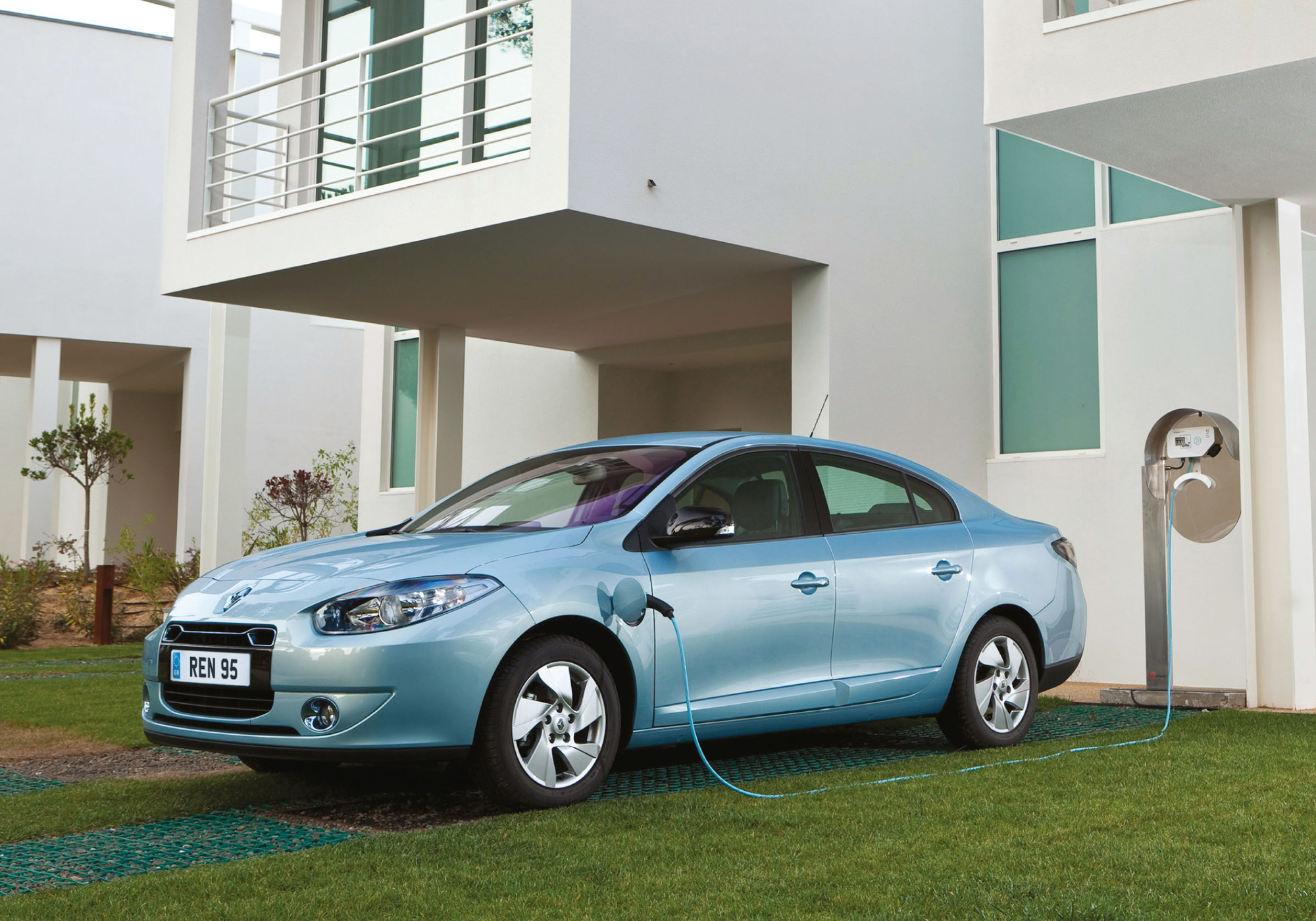
David Wilkins is a motoring journalist from Cambridgeshire. He decided to buy an electric car in autumn 2013.
“I’d attended the launches of various EVs and had already settled on a Renault Fluence,” Wilkins says. “Even at the full price I was tempted, but when the ex-demonstration models started to be sold off at big savings, it was a no-brainer.
“I paid less than £7,000 for my car, which at that time was 18 months old and had done about 6,000 miles. I’ve added another 10,000 miles to that, with almost complete reliability.
“The only thing that’s gone wrong is the electric motor brushes have had to be replaced (a warning light illuminated on the dashboard), but it was done without fuss by the Renault dealer under warranty.
“The key is to find a good dealer; all of these cars are still within the dealer network. Some dealers are better than others, in terms of sales and servicing staff. For example, when my motor brushes had to be replaced, I had to phone round a few dealers to find one that had the right technician available.
“The Renault has exceeded my expectations in every way. It’s great to drive, it’s practical and the range isn’t an issue at all. Admittedly I tend to charge it at home so I rarely do journeys over 90 miles, but I have gone further afield and used public charging points.”
Wilkins reckons charging his Fluence at home – especially if it’s left overnight – is more convenient than having to go to a petrol station. But he acknowledges that some of the public charging infrastructure is flaky and it’s here that the biggest improvements need to be made.
He concludes: “I wanted to be a pioneer when I bought my Fluence. I expected a steady series of problems that I’d have to solve, but it’s actually been incredibly straightforward. When I’m driving my Fluence I often forget it’s an EV. The biggest reminder is the silence along with the wonderful ride. That and the fact it costs about two quid to fill up.”
View the used electric cars for sale on driving.co.uk




